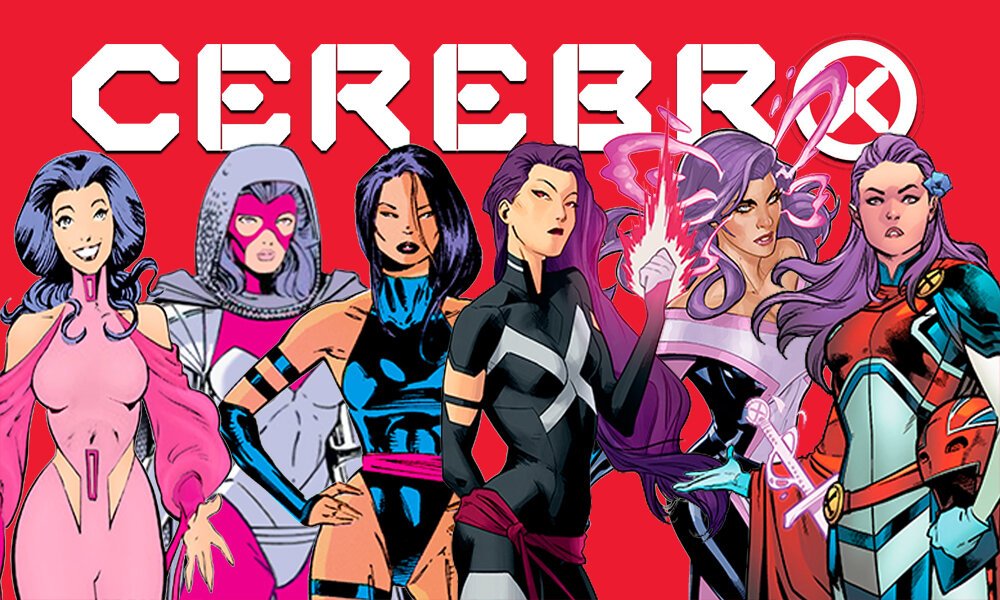Introduction: Unraveling the X-Factor in the Big Apple
Marvel Comics has long been synonymous with larger-than-life characters and epic narratives, none more so than their mutants. These extraordinary beings, gifted with unique abilities owing to the X-Gene, have captured the imagination of fans worldwide. Among the many locales where these mutants roam, none is as iconic as New York City. In this exploration, we delve into the mutant madness through the eyes of The New York Times, unraveling the intricacies of their stories, their impact on the city, and the cultural significance they carry.
The Birth of Mutant Mania: A New Dawn in NYC
The Marvel Universe burst into existence with the debut of the X-Men in 1963, introducing a new breed of superheroes who were both revered and feared for their powers. Nestled within the bustling streets of New York City, these mutants found a home and a battleground for their struggles. The city became a canvas upon which their tales of heroism and persecution unfolded, mirroring the real-world societal issues of discrimination and acceptance. From the majestic skyscrapers of Manhattan to the shadowy alleys of Hell’s Kitchen, every corner of NYC bore witness to the birth of mutant mania.
The X-Men: Guardians of the NYC Melting Pot
As guardians of a city teeming with diversity, the X-Men epitomized the melting pot that is New York. Led by the iconic Professor Charles Xavier, they stood as beacons of hope in the face of adversity, defending both mutants and humans alike from threats ranging from mutant extremists to cosmic entities. The New York Times chronicled their exploits, from headline-grabbing battles against the likes of Magneto and the Brotherhood of Mutants to quieter moments of introspection within the hallowed halls of Xavier’s School for Gifted Youngsters. Through their struggles and triumphs, the X-Men embodied the resilience and unity of New York City.
Mutant Mayhem: A Tale of Two Cities
While the X-Men may have been the face of mutant heroism in NYC, they were not the only players in town. Across the East River, in the gritty borough of Brooklyn, another group of mutants carved out their own niche in the city’s landscape. The New York Times shone a spotlight on the X-Force, a covert strike team led by the enigmatic Cable. Operating from their headquarters in the abandoned subway tunnels beneath the city, they waged a shadowy war against threats deemed too dangerous for the public eye. From clandestine missions against mutant terrorists to facing off against extradimensional threats, the X-Force brought a gritty, street-level perspective to the mutant experience in NYC.
The Brotherhood: Shadows in the City That Never Sleeps
However, not all mutants embraced the path of heroism. For every X-Man fighting for peace and coexistence, there were those who sought to sow chaos and discord. The Brotherhood of Mutants, led by the magnetic mastermind Magneto, lurked in the shadows of New York City, their presence a constant reminder of the simmering tensions between mutants and humans. The New York Times covered their exploits with a mix of fascination and dread, from daring heists to brazen attacks on government institutions. In the heart of the city that never sleeps, the Brotherhood served as a reminder of the thin line between order and anarchy.
The Mutant Metropolis: NYC as a Character in Its Own Right
Beyond merely serving as a backdrop, New York City emerged as a character in its own right within the pages of Marvel Comics. From the gleaming spires of the Avengers Tower to the dimly lit alleys of Mutant Town, every neighborhood pulsated with its own energy and life. The New York Times captured the essence of the city, weaving its streets and landmarks into the tapestry of mutant existence. Whether it was the tranquility of Central Park or the chaotic frenzy of Times Square, NYC provided a canvas upon which the drama of mutant life played out in vivid detail.
Legacy of Mutantkind: Shaping the Future of NYC
As the years passed, the legacy of mutantkind continued to shape the fabric of New York City. The New York Times chronicled the rise of a new generation of mutants, from the time-displaced original X-Men to the diverse roster of the X-Men Blue and Gold teams. With each passing day, mutants found new ways to integrate into society, forging bonds with humans and mutants alike. From the halls of academia to the boardrooms of corporate America, mutants left an indelible mark on the city, shaping its culture and politics in ways both profound and subtle.
Beyond the Comics: Mutant Madness in Film and TV
The influence of mutants extended far beyond the pages of comic books, permeating popular culture in film and television. The X-Men franchise brought the struggles of mutants to the silver screen, captivating audiences with its epic battles and complex characters. From the gritty realism of the Netflix series “Daredevil” to the cosmic adventures of “Guardians of the Galaxy,” mutants remained a driving force in the Marvel Cinematic Universe. The New York Times continued to follow their journey, providing insights into the ever-expanding mythos of mutantkind.
Conclusion: A City of Heroes, A World of Mutants
In the end, the story of mutants in New York City is one of heroism, sacrifice, and redemption. Through the lens of The New York Times, we have witnessed the evolution of mutantkind and the indelible mark they have left on the city that never sleeps. From the towering skyscrapers of Manhattan to the gritty streets of Brooklyn, mutants have found a home amidst the chaos and the clamor. As the saga continues to unfold, one thing remains certain: in the heart of New York City, the X-Men and their ilk will always stand as guardians of hope in a world that fears and hates them.



